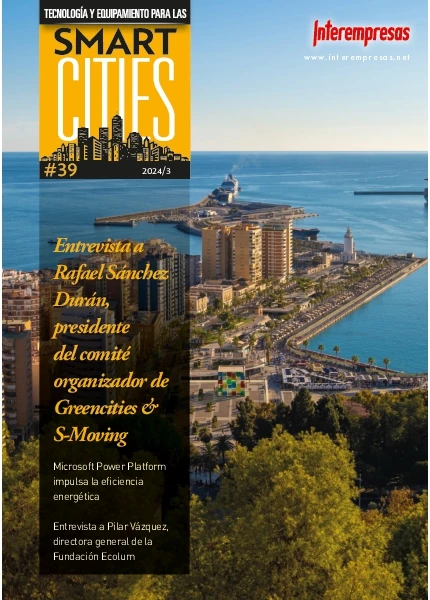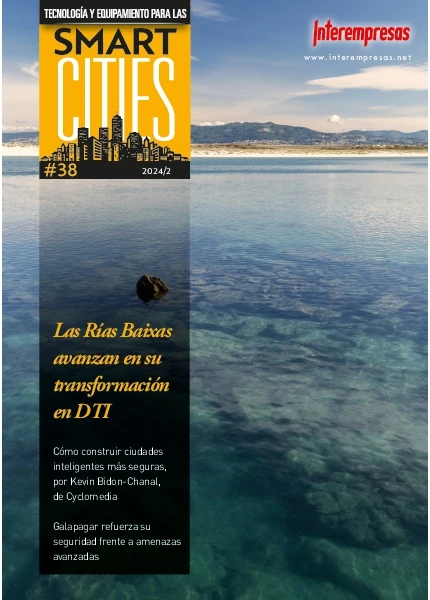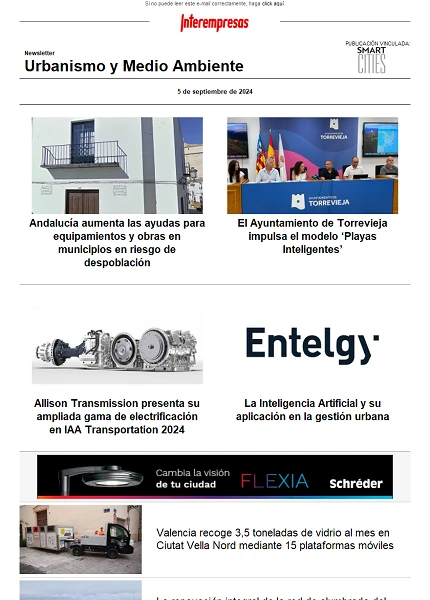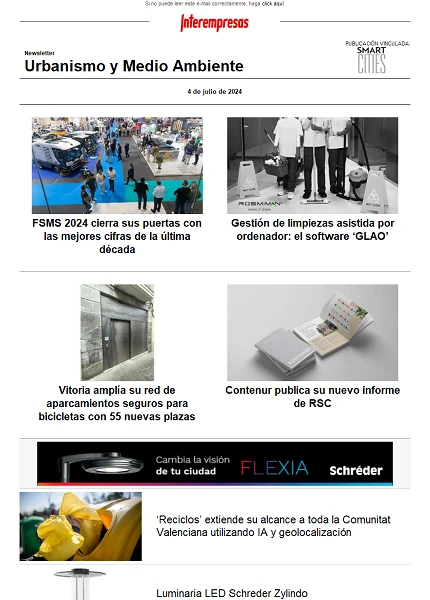Project AKTIV: Make the roads safer
September 3, 2010
"Volkswagen has met its goal of developing innovative driving assistance systems to achieve a more sustainable and safe mobility." "The Volkswagen Group's research provides the AKTIV as one of its most emblematic projects and is ready to be applied to series production the same results as soon as possible", says Jürgen Leohold, responsible for research of the Volkswagen Group.
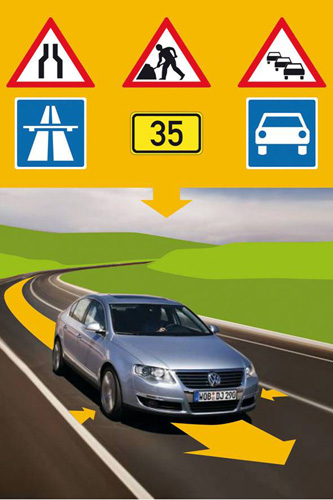
Safety of pedestrians and cyclists (AKTIV-SFR)
In the subproject 'Safety for pedestrians and cyclists' Volkswagen is working on a system to improve the security of those who walk or bike. Over the past decades, there has been a great commitment by making vehicles safer for pedestrians. One of the most important measures passive protection are soft bumpers, specially designed to reduce significantly the bodily injury.
Apart from these measures, the company has worked on active systems to increase security. The use of cameras and radar vehicles sensors is that they constantly monitor what is around them, paying special attention to pedestrians and cyclists. The sensors allow to detect most vulnerable users and set its path to meters away from the front of the vehicle. For its part, the software analyzes the situation by determining their severity and even if it may be a collision.
If such a particularly critical situation is detected, the vehicle will slow down automatically. The aim is to reduce the speed of the car as much as possible to minimize the consequences of the accident or even prevent it from happening. The car developed by Volkswagen goes beyond the automatic braking to provide a system of additional protection. If the sensor detects that one of the front corners of the vehicle may collide against a pedestrian, a warning is activated through the address. In this situation, the driver will notice that the steering wheel turns gently to avoid pedestrian. Although the system may disconnect at will of the driver, its use is ideal to prevent contact.
Integrated side assistance (AKTIV-IQF)
The 'Lane Assist' is a system of support to stay in the lane, available already optionally in some models in the Volkswagen range, which reduces the number of accidents caused by unexpected track change. If the vehicle begins to abandon the path of the lane that goes, "lane assist" system will return you to the right path. However, as it's a system of assistance, the driver overrides the recommendation of the address at all times. Within the assistance side integrated sub-project, the Volkswagen research group has developed a system of assistance that helps permanently the driver control the vehicle side and lengthwise. The most important thing is that lateral and longitudinal controls do not work independently. The concept of shared control of this system allows to adapt the speed of the vehicle to the road conditions and the situation of the traffic. Location by GPS and digital maps information applied to generate the planning of the speed of the vehicle, taking into account, in addition, closed timelike curves located beyond the reach of the sensors. Controlling what is ahead and running permanently, this assistance system helps drivers at any speed when they go by motorway or highways in good condition. As the lateral aid system takes into account the objects that are closer to the vehicle, can be used in situations of traffic congestion or when drive on a road in works.
Awareness and safety of the driver (AKTIV-FSA)
The elements of technical in a system of assistance to the driver, such as sensors, drives, or algorithms, are a part of the development. The other is the interaction of the driver. Is it the driver able to detect and anticipate action through the system? Will it lose control if the system does not react correctly? The research group, Volkswagen has set these approaches in the sub-project of awareness and safety of the driver. Based on the support side integrated system, described above, was analyzed how the development of driver assistance systems could support systematically. The research focused on the capacity of control of the system and changes in the driving of the user in the long term ability. He compiled and analyzed information from the most relevant situations to determine what systems - for example, a Simulator or a real vehicle - would be more useful for the testing phase. To analyse the potential of the new systems of assistance in so far as the improvement of safety, it is vital to have a global vision and make sure that the results can be applied to traffic situations. An empirical study which investigated the Cruise Control system showed that the system of assistance provides more comfort and security, even when it has been used for a long period of time.
Response to the situation of driving (AKTIV-STAF)
The Volkswagen 'Assistant for works' is a system of assistance to avoid traffic jams. More than 30% of the German Autobahn jams are caused by the works. However, research shows that an attitude of driving to keep traffic flowing as smoothly as possible can provide for congestion. An example of this is the fast driving in narrow sections. The capacity of the road can usually be increased about 3% if 10% of users take favoring the circulation.
This would reduce the waiting time, consumption and emissions of CO2.
'Wizard works' is a system of assistance and traffic information. Extends the ACC (cruise speed Control) system available in series vehicles, to include an additional function of the area of traffic management. To achieve a traffic flowing in the areas of work, is needed up-to-date information of the ride and a strategy of proper driving. The driver is shown information with respect to works that you are going beyond the "horizon of traffic" and contains forecasts on maps with traffic information. To receive up-to-date information on the works area, vehicle systems analysed the route. Using the infrastructure of communication of the vehicle, this information is transmitted to the facilities of communication known as units on the road, which they are located at various points along the route and collect information on the flow of traffic. These units analyzed the vehicle information using an algorithm developed by Volkswagen to generate information such as the number of lanes, their plots and the situation of the traffic. This information is then transmitted to vehicles located further back in the form of a dynamic local map. At the same time, the system implements the strategy of driving in the car, giving recommendations or by automatically controlling the distance and speed. What makes an outstanding innovation of this system is that, depending on the situation of the traffic, the vehicle is approaching the jam with the appropriate caution and passes through narrow areas at a constant speed, without change of lane and at a distance of security with regard to the vehicle which precedes to provide for deductions with accordion effect.
Finally, the vehicle accelerates quickly up the normal speed at the end of the section in works. This helps to decongest traffic. In this way, Volkswagen shows that care systems the driver not only improve the safety and comfort, but help provide for congestion and reduce emissions of CO2.
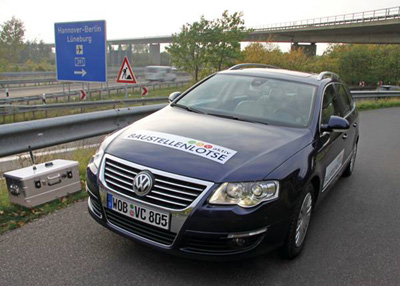
General aspects of the AKTIV research project
AKTIV are initials which identify research 'Adaptive and cooperative technologies for intelligent transport' initiative. AKTIV has an overall budget of EUR 60 million, contributed mostly by the various partners of the project. The Federal Ministry of Economics and technology provides 25 million and the Ministry of education in research, 2.1. Research initiative is divided into two major projects, which Volkswagen is intensely involved: ' systems of assistance / active security ' (AS) and 'Traffic management' (VM). In addition to these main areas, the initiative also includes the 'Cars cooperative' (CoCar) project. With an investment of € 37.5 million, 'AS' is the largest project of this initiative.
In addition to the 'assistance side integrated' (IQF), this project investigates four areas 'Brake active at risk' (AGB), 'Crossing assistance' (KAS), 'Safety of pedestrians and cyclists' SFR and 'awareness and safety of the driver' (FSA). About 18 million euros in the budget are used for the project 'Traffic management'. Apart from other topics, the most important research in this project is 'Response to the situation of driving' (STAF).
The members of the AKTIV project are as follows: Adam Opel GmbH, AUDI AG, AZT Automotive GmbH, BMW Group, the Federal Highway Research Institute, the authority of traffic and roads of the Hess (HLSV), the University of applied sciences, IBEO, ifak e.V. MagdeburgMAN Nutzfahrzeuge AG, PTV AG, Robert Bosch GmbH, Siemens AG, University Technology Braunschweig, Technological University of Munich, Tele Atlas Germany GmbH, Transver GmbH, University of Kassel, Germany Vodafone Group and Volkswagen Group. Other universities and research institutes and enterprises of medium-sized entity have been subcontracted to work on different projects.

